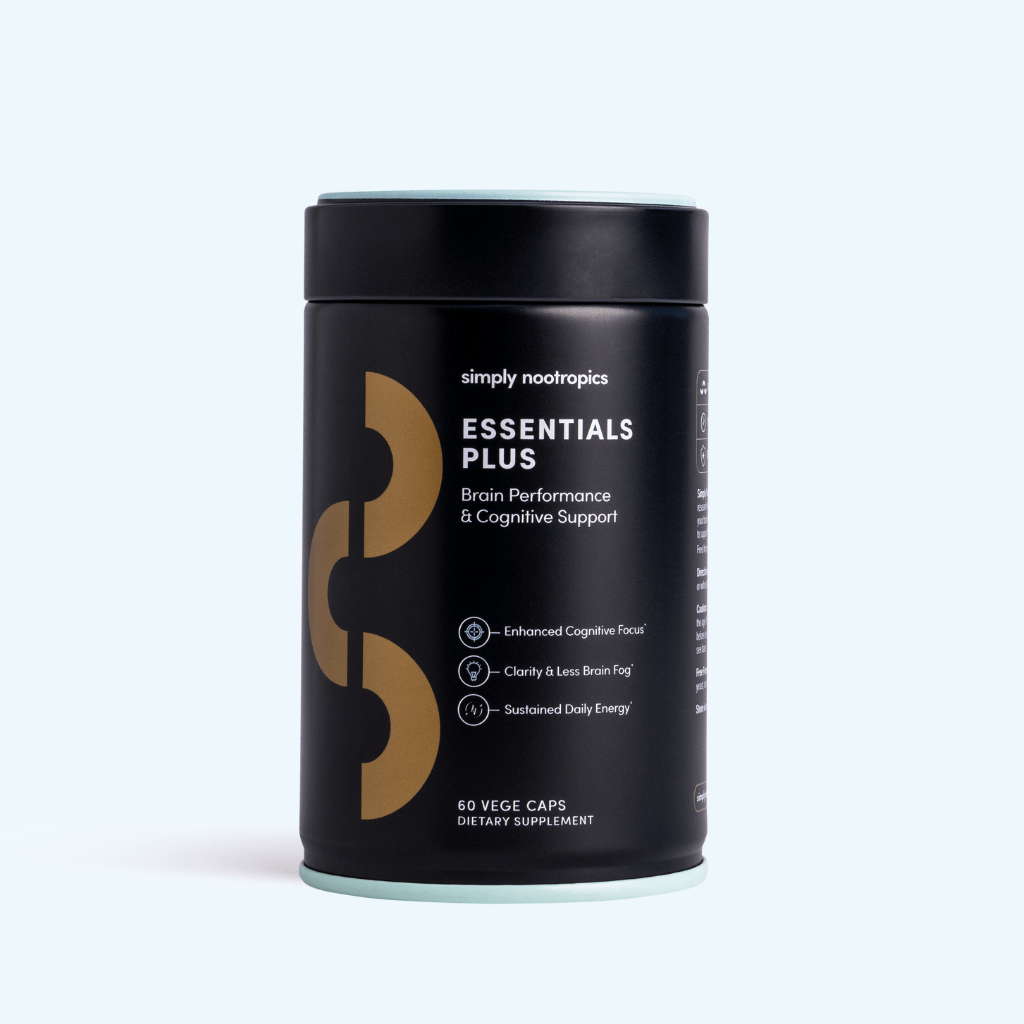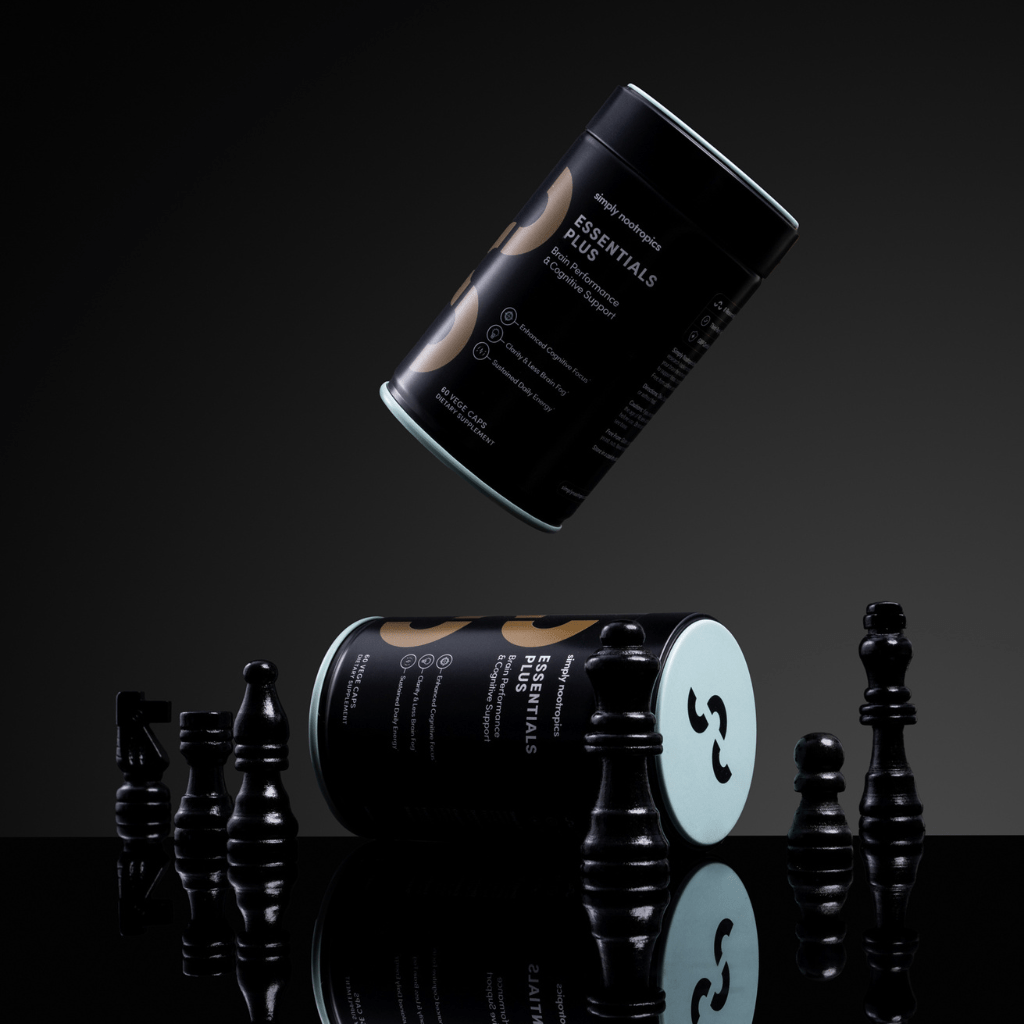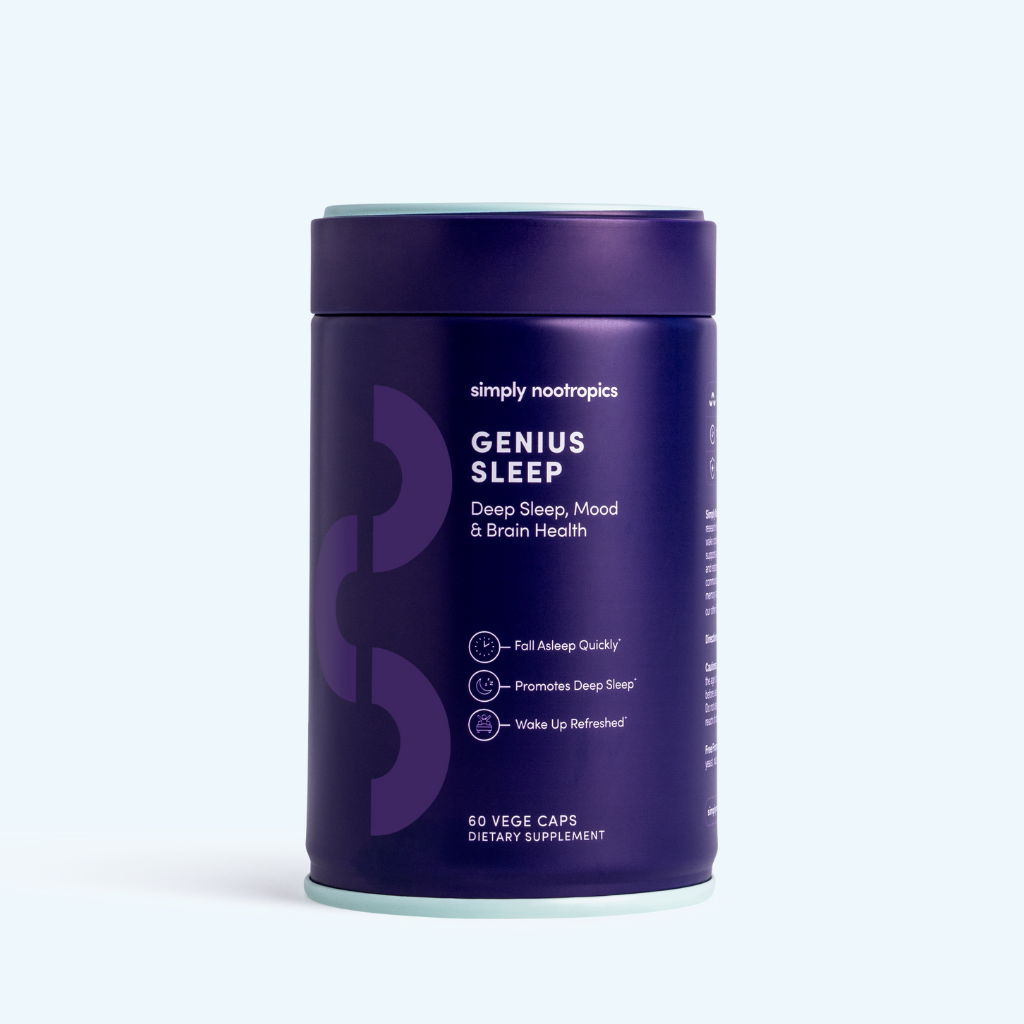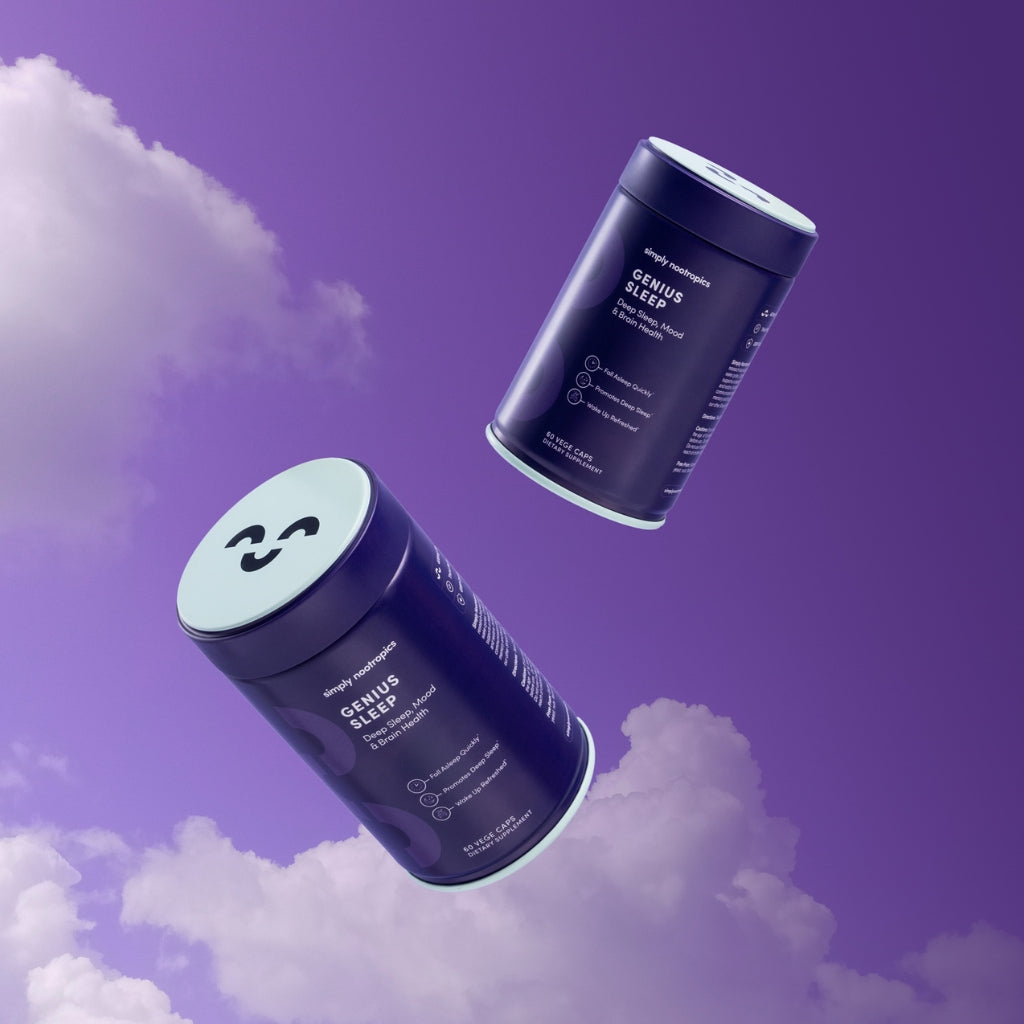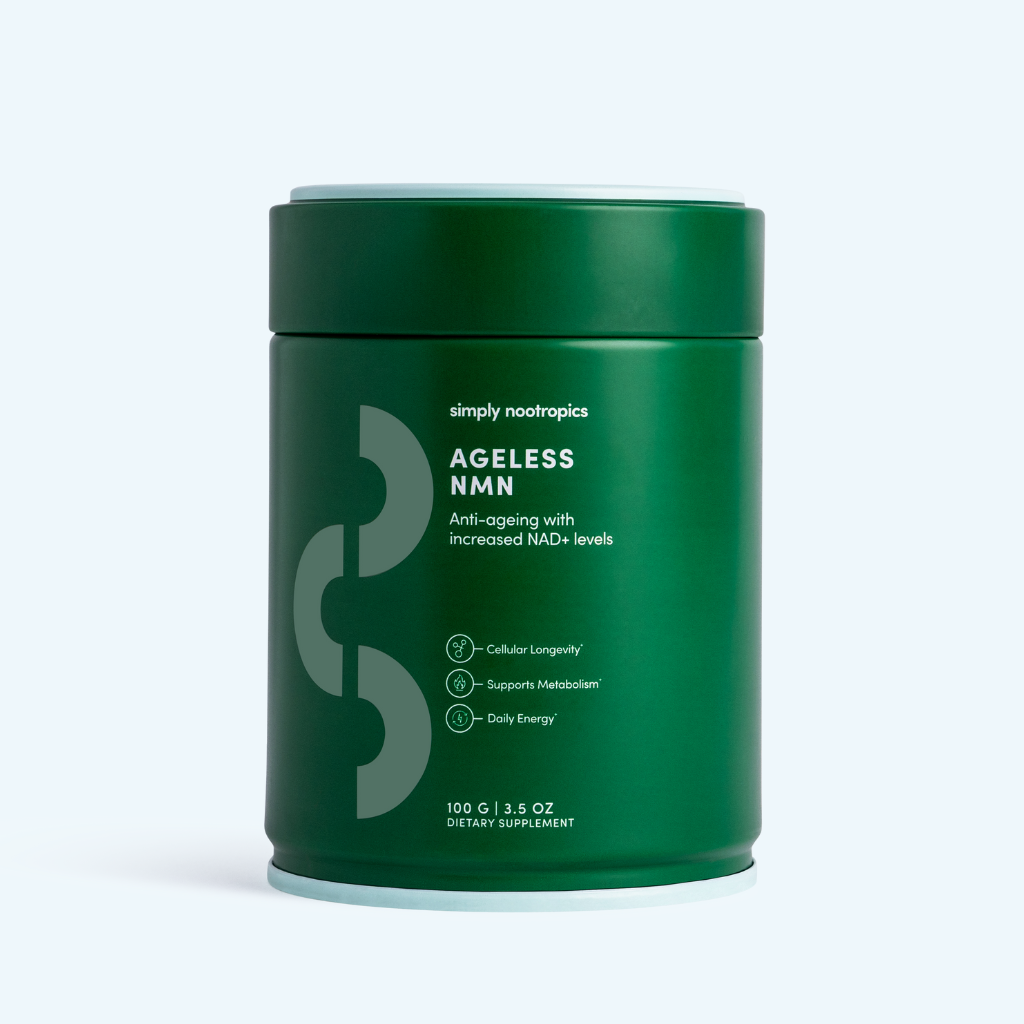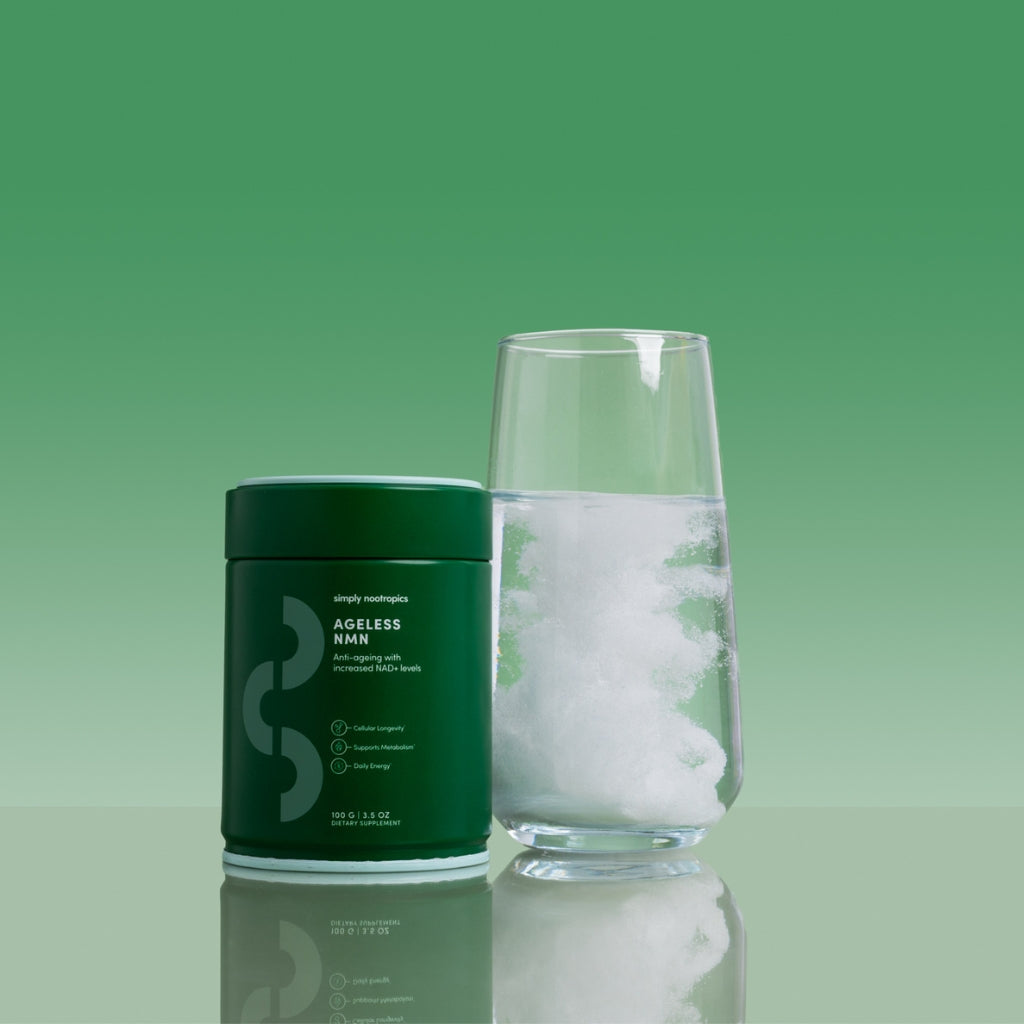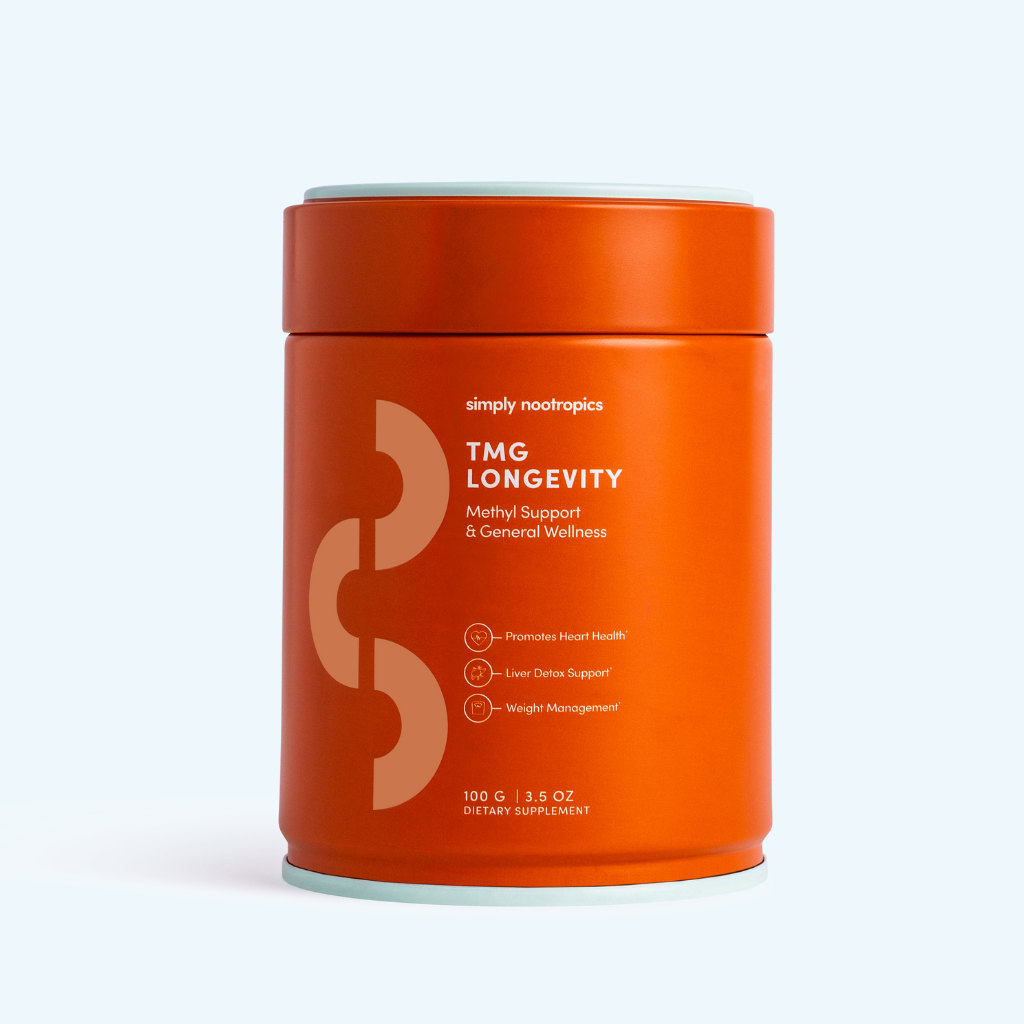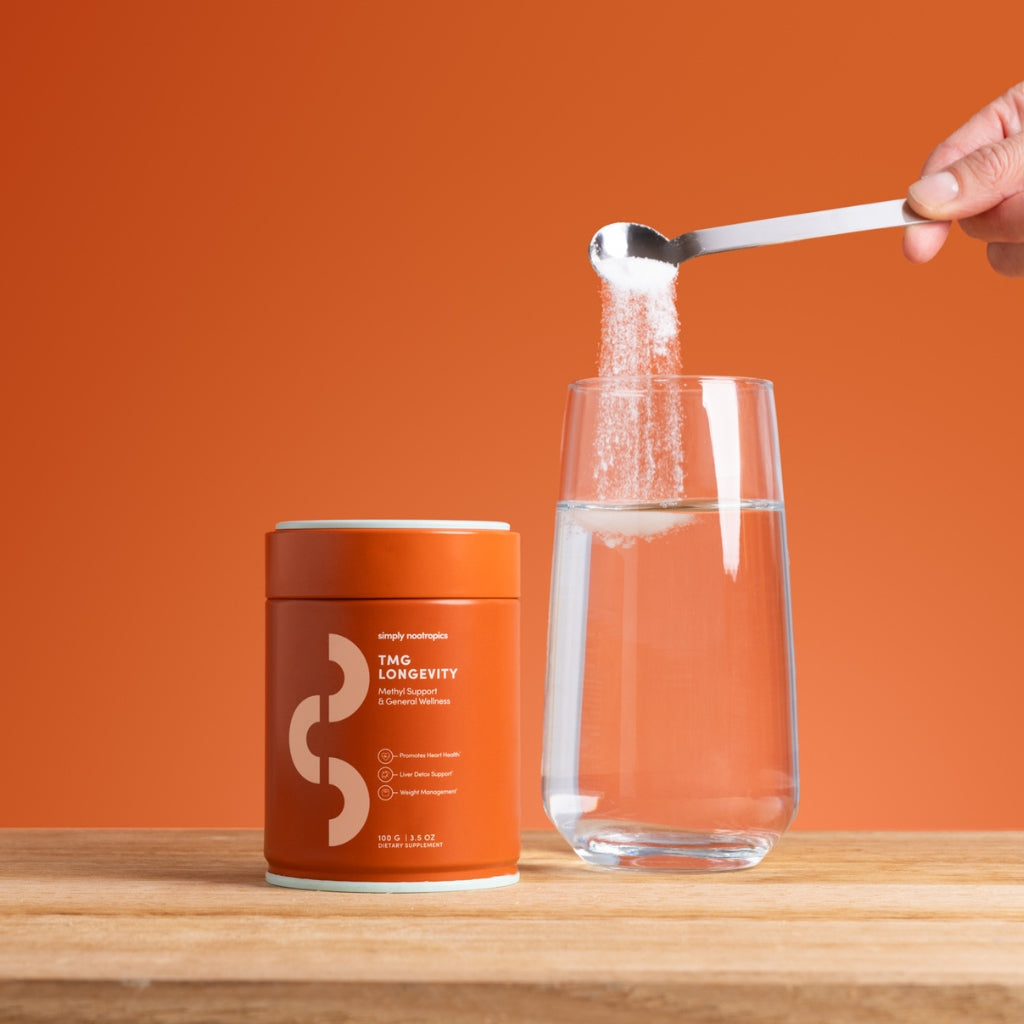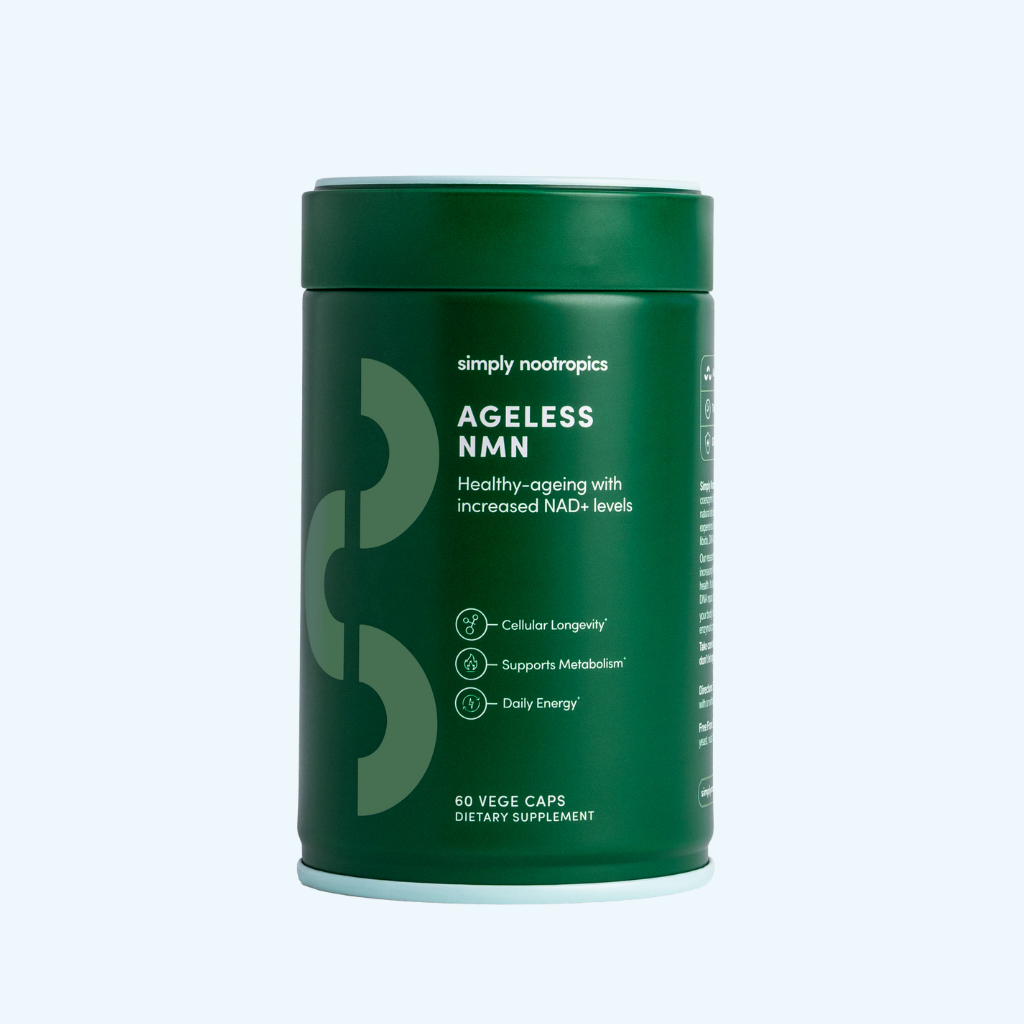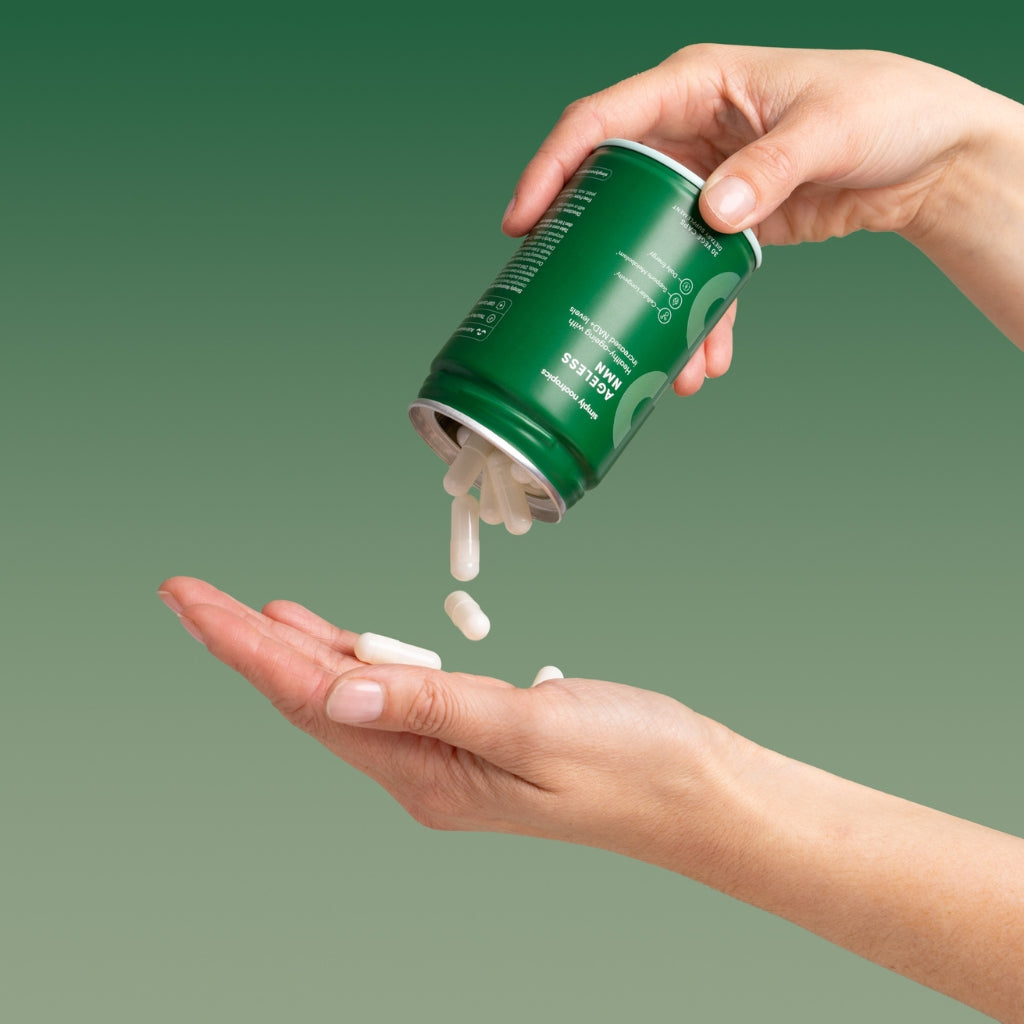When it comes to collagen supplementation, one of the most important decisions you'll make isn't about dosage or timing: it's about source. The debate between marine and bovine collagen has dominated wellness circles for years, with passionate advocates on both sides claiming superior benefits. But what does the science actually say?
Understanding the differences between these two primary collagen sources isn't just academic curiosity. Your choice affects everything from bioavailability and environmental impact to the specific health benefits you're likely to experience. Let's understand the complete sourcing story.
What Exactly Is Collagen?
Collagen is the most abundant protein in the human body, making up about 30% of total protein. It provides structural support to skin, joints, bones, muscles, and blood vessels. Top collagen is like the scaffolding that holds everything together and keeps tissues strong yet flexible.
There are at least 28 different types of collagen, but types I, II, and III are the most relevant for supplementation:
-
Type I: Found in skin, tendons, ligaments, bones. It’s crucial for skin elasticity and overall strength.
-
Type II: Found mainly in cartilage, important for joint health.
-
Type III: Found in skin, muscles, blood vessels, works with type I for skin and vascular integrity.
With age, natural collagen production drops. By your mid-20s, levels start to decline, and by your 40s this decline becomes more noticeable in the form of wrinkles, joint stiffness, and slower recovery. That’s when supplementation can help.
The Basics of Marine vs. Bovine Collagen
Marine Collagen
Sourced from fish skin and scales, marine collagen is primarily type I. It’s often praised for its smaller peptide size, which may enhance absorption, and for its strong connection to skin health.
Key features:
-
Almost exclusively type I collagen
-
Popular for beauty-focused benefits (skin elasticity, hydration, fine lines)
-
Often more expensive than bovine
-
Generally considered pescatarian-friendly (though not vegetarian or vegan)
Bovine Collagen
Derived from cow hides, bones, and cartilage, bovine collagen contains a mix of type I and type III, and sometimes type II if cartilage is included in the extraction. This makes it a more “well-rounded” source for both skin and joint support.
Key features:
-
Contains type I and III (and potentially type II)
-
Broader benefits: skin, joints, muscles, gut health
-
More cost-effective than marine
-
Widely available and sustainable when grass-fed sources are used
Absorption and Bioavailability
One of the most common claims you’ll hear is that marine collagen is “better absorbed” than bovine. There’s some truth here, since fish-derived collagen peptides are smaller on average, which can allow for slightly faster uptake in the digestive system.
But it’s important to note that all hydrolysed collagen peptides, marine or bovine, are designed to be highly bioavailable. Once digested, collagen peptides are broken down into amino acids and dipeptides that the body uses as building blocks for new collagen formation.
In other words: both sources are effective. The difference in absorption may exist, but it’s relatively small compared to the bigger question of which types of collagen you’re actually getting.
Health Benefits Compared
Marine Collagen Benefits
Because it’s mostly type I collagen, marine collagen is especially targeted at:
-
Improving skin elasticity and hydration
-
Reducing fine lines and wrinkles
-
Supporting hair and nail strength
If your main goal is beauty-focused (glowing skin, youthful appearance) marine collagen has strong appeal.
Bovine Collagen Benefits
Thanks to its mix of types I, II, and III, bovine collagen supports a wider range of systems:
-
Skin health (type I + III)
-
Joint comfort and mobility (type II)
-
Muscle and tendon recovery
-
Gut lining integrity
If you’re looking for comprehensive support that goes beyond skin, bovine is often the more versatile choice.
Sustainability and Environmental Impact
Sustainability is an increasingly important factor in supplement choice.
-
Marine collagen: Typically made from fish by-products (skin and scales) that would otherwise go to waste, giving it a sustainability advantage. However, concerns exist about overfishing, sourcing practices, and heavy metal contamination if not properly regulated.
-
Bovine collagen: Often produced from cow hides that are by-products of the meat industry. The sustainability story depends on farming practices: grass-fed, pasture-raised cattle generally indicate a higher-quality and more eco-conscious source.
Both can be sustainable when sourced responsibly, but the environmental footprint of cattle vs. fishing industries complicates the picture.
Taste, Texture, and Use
Another practical difference is in taste and mixing:
-
Marine collagen tends to have a lighter, sometimes “fishy” taste if not processed carefully. It usually dissolves well in liquids but is often chosen for mixing into smoothies or flavoured drinks.
-
Bovine collagen is almost neutral-tasting and easy to blend into hot or cold beverages, soups, or even baking. Many people find it the more versatile option for daily use.
Which Should You Choose?
The answer depends on your personal goals, diet, and values:
-
If your main focus is skin health and you prefer a pescatarian source: marine collagen may be the better fit.
-
If you want broader support for skin, joints, muscles, and gut health, and a more cost-effective option: bovine collagen is hard to beat.
-
If sustainability is your top concern: check sourcing details. Responsibly farmed bovine collagen and by-product-based marine collagen can both be sustainable.
Ultimately, both marine and bovine collagen can improve health and longevity: the real key is consistency. The best collagen supplementation only works when it becomes part of a regular routine.
Vital Beauty: A Smarter Source of Collagen
Since not all collagen is equal, not all formulas deliver the same results. Simply Nootropics Vital Beauty is crafted with pure hydrolysed collagen from grass-fed cattle, providing types I, II, and III in one convenient daily dose. This means you’re not only supporting youthful, hydrated skin but also giving your joints, muscles, and connective tissues the building blocks they need to stay strong.
What sets it apart is the synergy of 10 carefully selected nutrients that improve absorption and amplify the effects of collagen in the body. Together, they create a formula that doesn’t just replenish lost collagen but helps your body put it to work where it matters most.
The outcome? Skin that feels smoother, joints that stay more comfortable, and an overall resilience that shows on the outside and supports you from within. For anyone seeking a collagen that goes beyond surface beauty, Vital Beauty delivers complete coverage. Designed to help you look your best, move with ease, and feel energised, it’s a smarter way to support healthy ageing.



